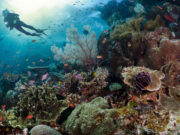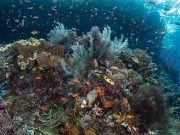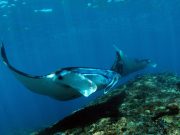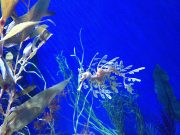Tumble drying in a washing machine releases microplastic fibres as “laundry lint” which damages the gills, liver and DNA of marine species, according to new research.
Scientists at the University of Plymouth exposed the Mediterranean mussel (Mytilus galloprovincialis), found in various locations across the world, to differing quantities of tumble dryer lint.
They demonstrated that increasing the amount of lint resulted in significant abnormality within the mussels’ gills, specifically leading to damage of tissues including deformity, extensive swelling and loss of cilia. In the liver, the presence of lint led to atrophy or deformities leading to loss of definition in digestive tubules.
The increasing concentration of fibres also led to a reduction in the mussels’ ability to filter food particles from the seawater and a significant increase in DNA strand breaks in the blood cells.
Scientists say the precise causes of the effects are not wholly clear, but are likely to arise from the fibres themselves and chemicals present within them.
They say the findings are unlikely to solely apply to lint, as its properties are consistent with other textiles and fibres found commonly in waste water and throughout the marine environment.
Dr Andrew Turner, the study’s senior author commented: “The laundering of clothes and other textiles is among the most significant sources of synthetic microfibers within the environment. However, despite their known presence in a range of species, there have been very few studies looking in detail at their impact. This study shows for the first time what harm they can cause, and it is particularly interesting to consider that it is not just the fibres themselves which create issues but also the cocktail of more harmful chemicals which they can mobilise.”

Perhaps the most significant source of both synthetic microfibres (e.g. polyethylene terephthalate, PET; polypropylene; acrylic) and processed microfibres (principally cotton whose polymeric structure is dominated by cellulose) to the environment is the laundering of clothes and other textile products.
Given the size and density of these particles, the majority are likely to evade any water treatment process and enter the oceans where they have the propensity to be taken up into the food chain. Accordingly, microfibres have recently been reported in a range of animals, including fish, crustaceans, molluscs, birds and seals.
The Solution?
There are a few products, such as Guppyfriend, which catch fibres during washing. You can then dispose of them in the bin rather than down the drain.
Further Reading
NashamiAlnajar et al., 2021 Impacts of microplastic fibres on the marine mussel, Mytilus galloprovinciallis Chemosphere, 262 (2021)

















